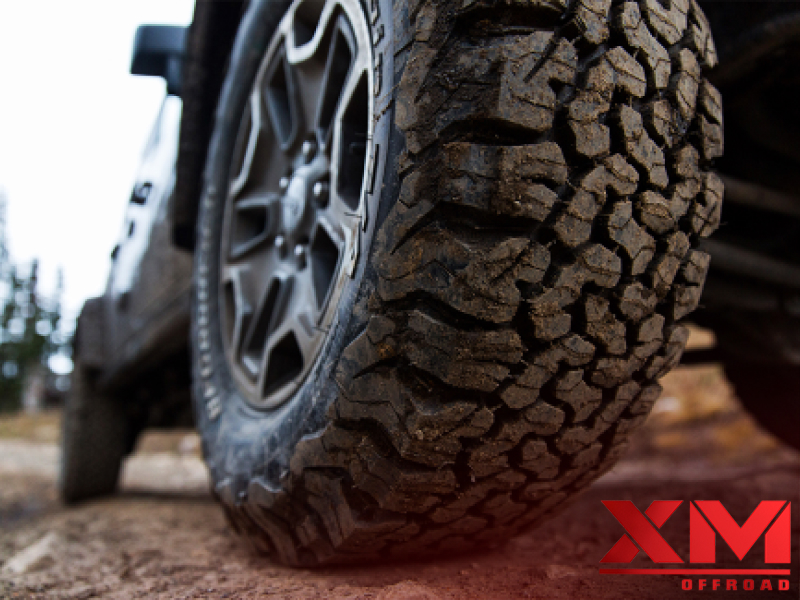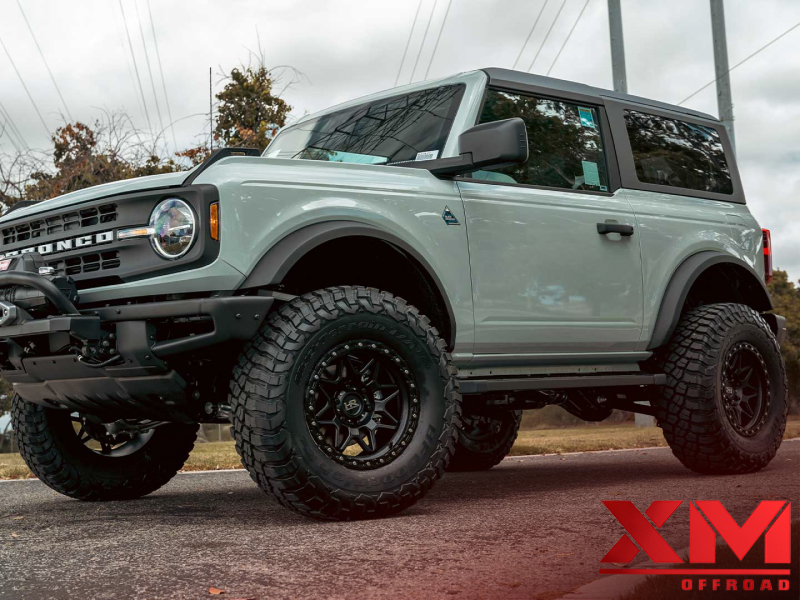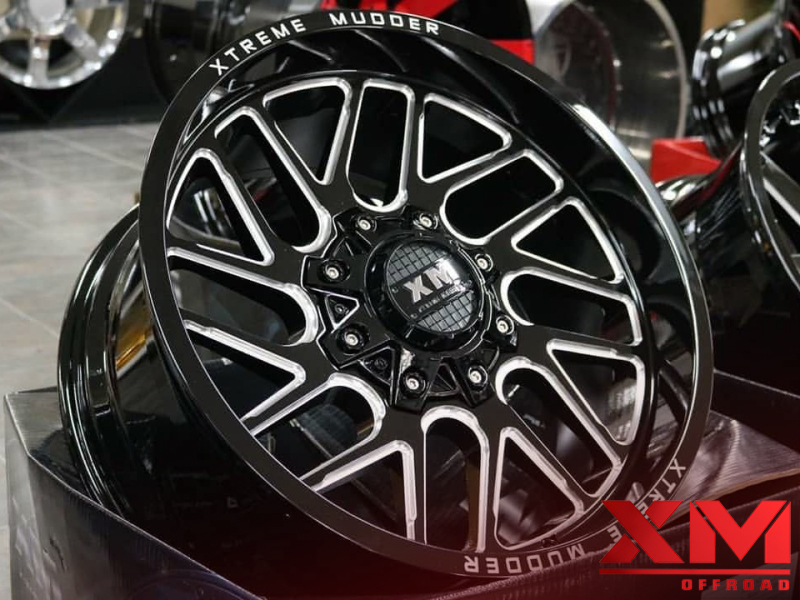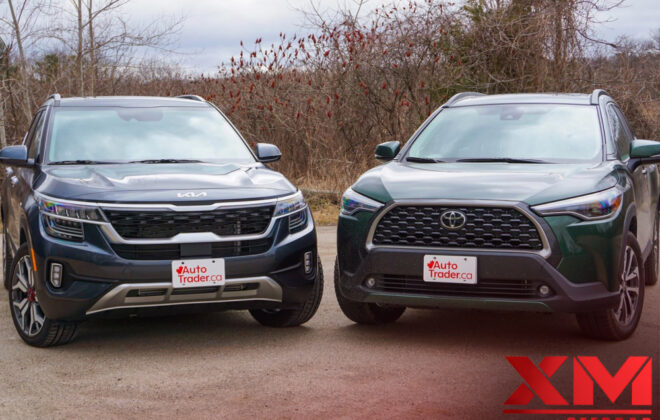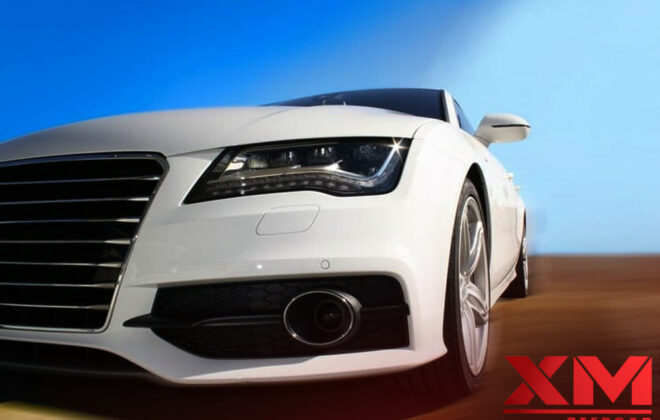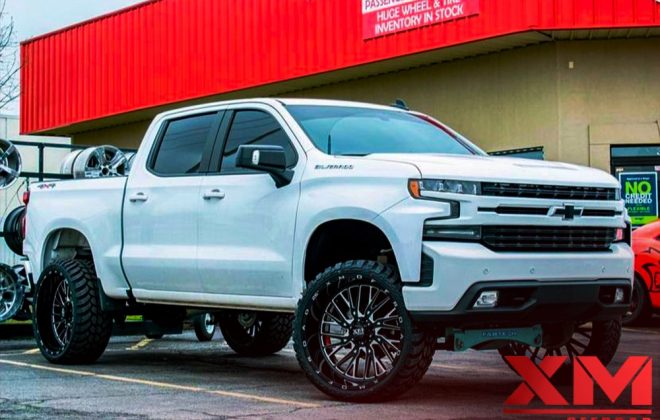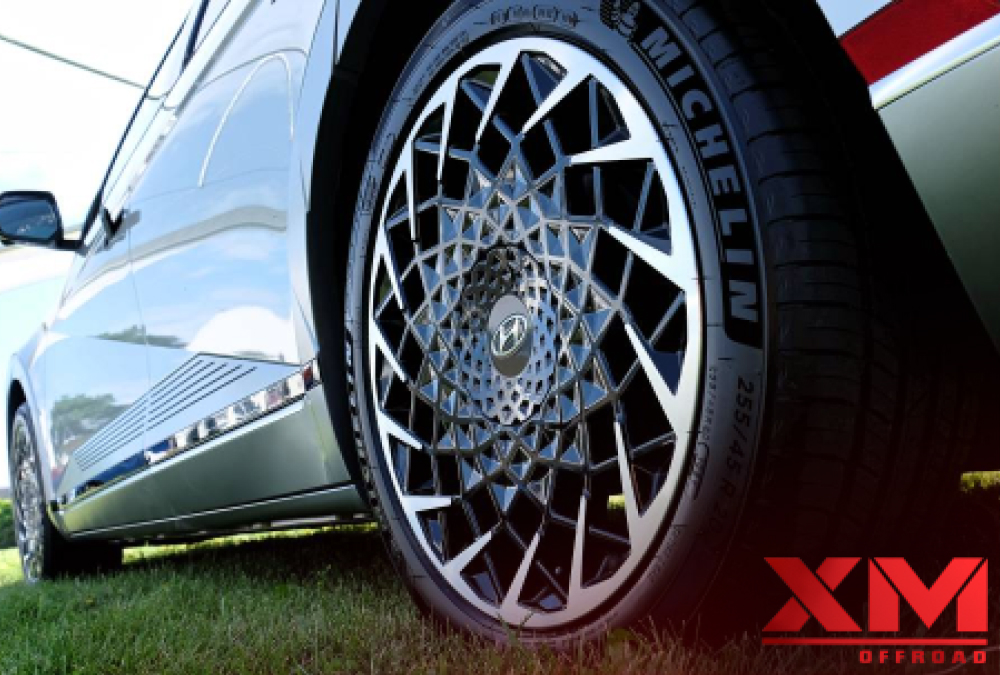
How Tires and Wheels Impact Your Ride: A Comprehensive Examination?
Choosing the right wheels size is essential to maximize your rig’s traction. But the wrong size can cause road noise, poor fuel economy, and faulty speedometer or odometer readings.
Offset and backspacing are also essential when selecting the best wheels for your ride. They determine how the offroad wheels are mounted on the vehicle and must match your bolt pattern for a secure fit.
Off-Road Tires
As your vehicle’s only point of contact with the road, tires play a huge role in confidently handling irregular surfaces and terrain. Choosing the right tires can also decrease ownership costs, improve fuel efficiency and increase performance.
All-terrain and mud-terrain tires are the most common off-road options for pickup trucks and SUVs. Their tread voids are usually narrow enough to maintain efficient road contact during highway driving while still being capable of gripping in the most challenging off-road environments. If you frequently switch between the highway and off-road driving, all-terrain tires are an excellent choice.
Rock crawling tires have a more aggressive tread pattern engineered with challenging sections to bite into the surface and soft sections to grip it. This helps them climb over rocks, logs, and other obstructions that typically stall out a standard tire. Mud tires have large cleats that churn through heavy mud and soft dirt.
A common myth is that off-road tires cause poor gas mileage due to their size and heavy construction. However, the terrain type and your truck’s rear-end ratio are essential factors in determining how much fuel you’ll need to burn to push your vehicle down the road.
Adding larger tires can decrease fuel efficiency if your truck has a high gear ratio. You’ll need more gas to keep up since you’ll be spinning your engine at higher RPMs to overcome the added weight. This is why it’s so important to stick with the recommended tire size by your vehicle manufacturer.
Rims
Whether your car is equipped with standard tires or you’re a car customizer looking to add some pizazz, choosing the right offroad wheels for your vehicle is a crucial step in improving your driving experience. The right rims make your vehicle ride smoother, improve handling and performance, and enhance your car’s look.
A wheel is a metal component that connects to the hub of an automobile through an axle. A wheel’s primary function is to hold and support the tire on top of it. The rim is the cylindrical outer edge of the wheel that holds the tire’s bead and seals it to the rim.
If you decide to up-size your rims, ensure the new tire sizes are compatible with the existing ones. More giant rims require larger tires to fit, and the extra weight can cause issues with traction, fuel economy, and your speedometer (the rim’s added mass alters the reading of the wheel’s center hub).
Additionally, bigger wheels significantly affect ride quality, making your car feel skittish and more thrash when driving over rough roads or potholes.
Off-Road Wheels
Off-road tires typically have wider lugs that grip loose surfaces and are built to withstand the rigors of off-road driving. But, because they have a reduced contact patch area and aren’t as smooth on the tarmac, they can create more noise and take a hit in fuel efficiency.
If you want to balance highway and off-road performance, all-terrain tires are the best option. They have a wide tread design and interlocking elements that give them plenty of traction in the roughest conditions. The rubber blend also makes them a bit more comfortable on highways, though they can still have a bit of an echo in cities.
Mud-terrain tires are another great choice if you frequently go off the beaten path. They have even wider lugs that provide outstanding grip in the most challenging mud, sand, and dirt.
If your adventures take you through muddy or snowy terrain, reduce the pressure in your off-road tires. Instead, decrease the pressure to around 8 psi for better traction and stability on slippery surfaces.
Off-road wheels come in various shapes and sizes; many are available in steel and alloy construction. Aluminum is a popular choice for off-road wheels because it is lightweight and corrosion-resistant. Steel wheels are a little heavier but offer superior strength and can withstand heavy loads without damage. Contact XM Off-road Wheels for one of the best tires and wheels you want.
Tire Pressure
One of the most overlooked vehicle components, tires are essential to your safety and ride quality. But not all tires are created equal. Not only do tires need to be correctly inflated, but they also must have the proper load rating and pressure for your vehicle. Choosing the wrong tires or underinflating them can cause damage and unpleasant driving experience.
Underinflated tires also have higher rolling resistance, so the car uses more fuel, increasing its carbon footprint.
Whether your tires are over or underinflated, you should check them every few weeks before long trips.
It’s not uncommon for a nail or other object to puncture a tire. However, the two most common causes of a slow leak are air temperature and gradual pressure loss over time. This is why it’s critical to visually inspect your tires regularly for signs of damage, such as holes, gouges, and bubbles.
Conclusion
When choosing an off-road tire, read the label and ensure it’s appropriately rated for your vehicle and intended use. Look for the M+S stamp, which indicates that the tire meets the minimum requirements for traction in mud and snow. However, be aware that the M+S designation doesn’t necessarily imply that an independent organization has tested or approved the tire.
Read Also: 20-Inch Toyota Tundra Wheels – A Detailed Discussion
FAQs
How do tires and wheels affect my ride?
Tires and wheels play a crucial role in determining the quality of your ride. They affect various aspects, such as comfort, handling, traction, and fuel efficiency. The type, size, tread pattern, and inflation pressure of your tires, as well as the material and size of your wheels, all influence your overall driving experience.
What tire size should I choose for my vehicle?
Selecting the correct tire size is essential for optimal performance and safety. The appropriate tire size depends on your vehicle’s manufacturer specifications, load capacity, and intended use. It’s crucial to consult your vehicle’s manual or seek advice from a tire professional to ensure you choose the correct tire size for your specific vehicle.
How does tire tread affect my ride?
Tire tread is crucial for maintaining traction on the road surface. A tire’s tread pattern helps channel water, snow, or debris away from the tire’s contact patch, ensuring a better grip. Tires with worn-out or insufficient tread depth can lead to reduced traction, increased braking distances, and compromised handling, especially in wet or slippery conditions.
Can I switch to larger wheels for better performance?
Switching to larger wheels may provide specific performance benefits, such as improved cornering stability and a more aggressive appearance. However, it’s essential to consider various factors before making the switch. Larger wheels can result in a stiffer ride, reduced comfort, and increased vulnerability to pothole damage. Additionally, the larger size may require adjustments to your vehicle’s suspension and speedometer calibration.
How does tire inflation pressure affect my ride?
Proper tire inflation is crucial for a comfortable and safe ride. Underinflated tires can negatively impact fuel efficiency, tire wear, and handling, reducing ride quality. Overinflated tires, on the other hand, may result in a harsh ride and compromised traction. It’s essential to adhere to the recommended inflation pressure specified by your vehicle’s manufacturer for optimal performance and safety.
Are there any tire technologies that enhance the ride experience?
Yes, several tire technologies are designed to enhance the ride experience. For example, some tires feature noise-canceling technology that reduces road noise, resulting in a quieter ride. Others may have innovative tread compounds that offer improved grip and fuel efficiency. Additionally, run-flat tires allow you to continue driving for a limited distance even after a puncture, providing convenience and safety.

